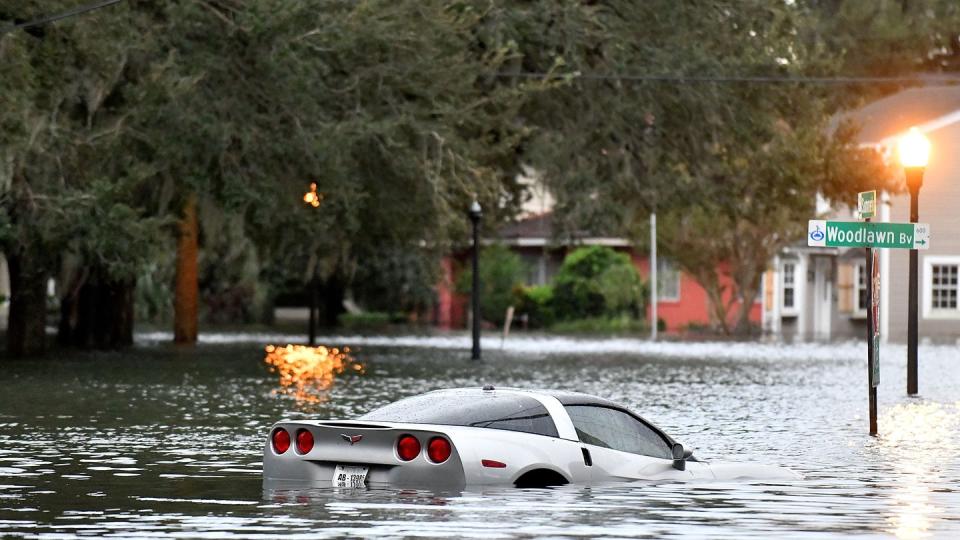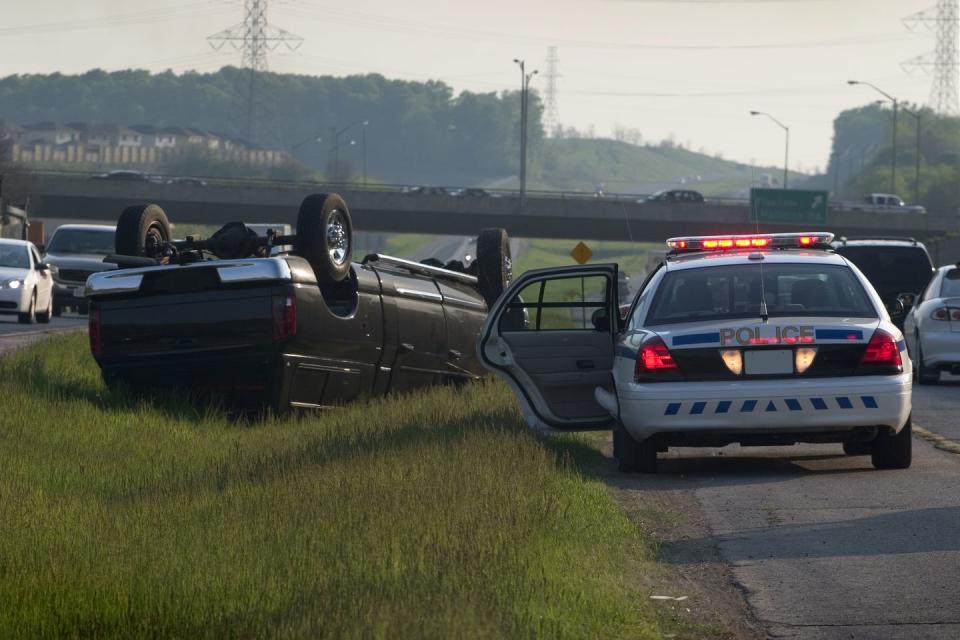Why You Probably Don’t Trust Your Auto Insurance Provider

JD Power’s US Auto Insurance Study measures customer satisfaction with auto insurers by counting performance in seven core dimensions, by using a poor-to-perfect scale.
The survey counted 6800 layoffs overall in the auto insurance industry in 2023, which seems almost counterintuitive coming at a time when such companies may be having trouble hiring people to answer phones.
Insurance rate hikes align with an increase in “weather events” exacerbated by climate change. Many of these events cause flooding that can result in hundreds of totaled-out cars and trucks.
Your auto insurance bill on average was 20.3% costlier last May versus May of 2023, according to the US Labor Department’s Consumer Price Index. That’s a symptom, but not the entire cause for plummeting consumer sentiment toward car insurance companies, according to JD Power.
“Slightly more than half,” 51%, of consumers surveyed “say they have little trust in their auto insurer,” JD Power says in its summary.
“Last year was one of the biggest drops we’ve seen” in JD Power’s index of consumer satisfaction with their auto insurance companies, says Breanne Armstrong, director of global insurance intelligence. “With rates going up, it creates this halo effect across the whole relationship.”
The US Auto Insurance Study is now in its 25th year, JD Power says, and for 2024 it has been redesigned. It measures customer satisfaction with auto insurers by counting performance in seven core dimensions, by using a poor-to-perfect scale.
JD Power measures (from most-, to least-important) level of trust, price for coverage, people, ease of doing business, product/coverage offerings, problem resolution, and digital channels.
The study finds there is reality behind the perception that many of your fellow drivers have gotten more brazenly reckless since the pandemic. The more-severe accidents push rates higher, including costs associated with hospital and emergency services, Armstrong says.

Because replacement parts and a body shop’s hourly rates have gone up, it is much easier to total out your car or truck after an accident.
Even if you do get your old vehicle back, the higher volume of accidents and the lingering effect of pandemic supply chain issues means “the longer it takes to get it back, the longer you have the rental car.”
Piling on to the dissatisfaction, the length and number of phone calls between you and your insurer—or your insurer’s automated phone system—takes its toll.
JD Power counted 6800 layoffs overall in the auto insurance industry in 2023, which seems almost counterintuitive coming at a time when such companies may be having trouble hiring people to answer phones. There clearly is a supply-demand issue.
“Some of the insurance companies have slowed down consumer acquisition,” Armstrong says. GEICO has “progressively cut back on ad spend,” she says, so you actually are seeing less of that gecko, and State Farm, for example has pulled out of the California market all together.
Florida has the lowest levels of trust in the survey, and it is the state with the highest level of fraudulent claims, Armstrong notes. According to the survey, it has the highest percentage of customers with low levels of trust, at 55% while the number of “fair plans” there is also on the upswing.
Fair plans are the auto insurance equivalent of high-interest rate same-day loan companies—insurers of last resort for drivers who can’t keep insurance with more reasonable, standard insurance companies. But they are not relegated to Florida; fair plans are available in all 50 states, Armstrong says.
This comes along with an increase in “weather events” exacerbated by climate change. The National Oceanic and Atmospheric Administration counted 28 billion-dollar weather catastrophes in 2023, Armstrong says, up 40% from 20 events each in 2021 and 2022. Many of these events cause, or are related to, flooding that can result in hundreds of flood-damaged cars and trucks that are totaled out.
According to the JD Power US Auto Insurance Study released June 11, the average overall satisfaction score for companies with the highest level of trust among their customers is 917 of a 1000-point scale, while auto insurance companies at the lowest end of the satisfaction scale have a score of just 491 points.
More than half, 51%, of those surveyed are in the low-trust category, JD Power says, while 15% have the highest level of trust and 34% have “mid levels” of trust.
The average trust score among car insurance customers who experience a rate increase initiated by the company and fully understand the reasons for the increase is 735.
JD Power breaks out customer satisfaction scores for various regions across the US. They are:
California: Auto Club of Southern CA (AAA) (684)
Central: Shelter (677) (for a fourth consecutive year)
Florida: Auto-Owners Insurance (654)
Mid-Atlantic: Erie Insurance (713) (for a third consecutive year)
New England: Amica (709)
New York: Travelers (667)
North Central: Erie Insurance (710) (for a fourth consecutive year)
Northwest: PEMCO Insurance (666)
Southeast: Alfa Insurance (693)
Southwest: CSAA Insurance Group (AAA) (683)
Texas: Texas Farm Bureau (686)
Usage-Based Insurance (UBI): Nationwide (842)
Have you experienced unusually high insurance rates in recent years? Please comment below.

 Yahoo Autos
Yahoo Autos 